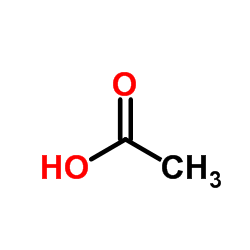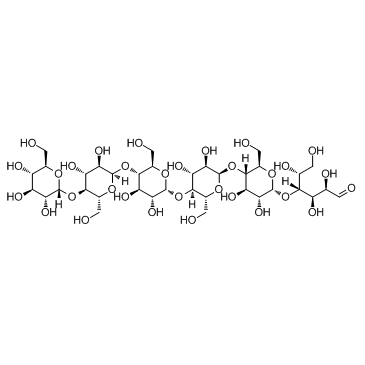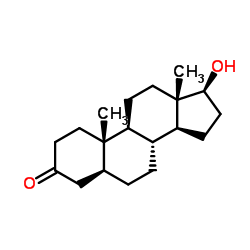| Structure | Name/CAS No. | Articles |
|---|---|---|
 |
Ethanol
CAS:64-17-5 |
|
 |
acetic acid
CAS:1173022-32-6 |
|
 |
acetic acid
CAS:64-19-7 |
|
 |
Maltotriose
CAS:1109-28-0 |
|
 |
Maltohexaose
CAS:34620-77-4 |
|
 |
Stanolone
CAS:521-18-6 |
|
 |
Maltose
CAS:69-79-4 |